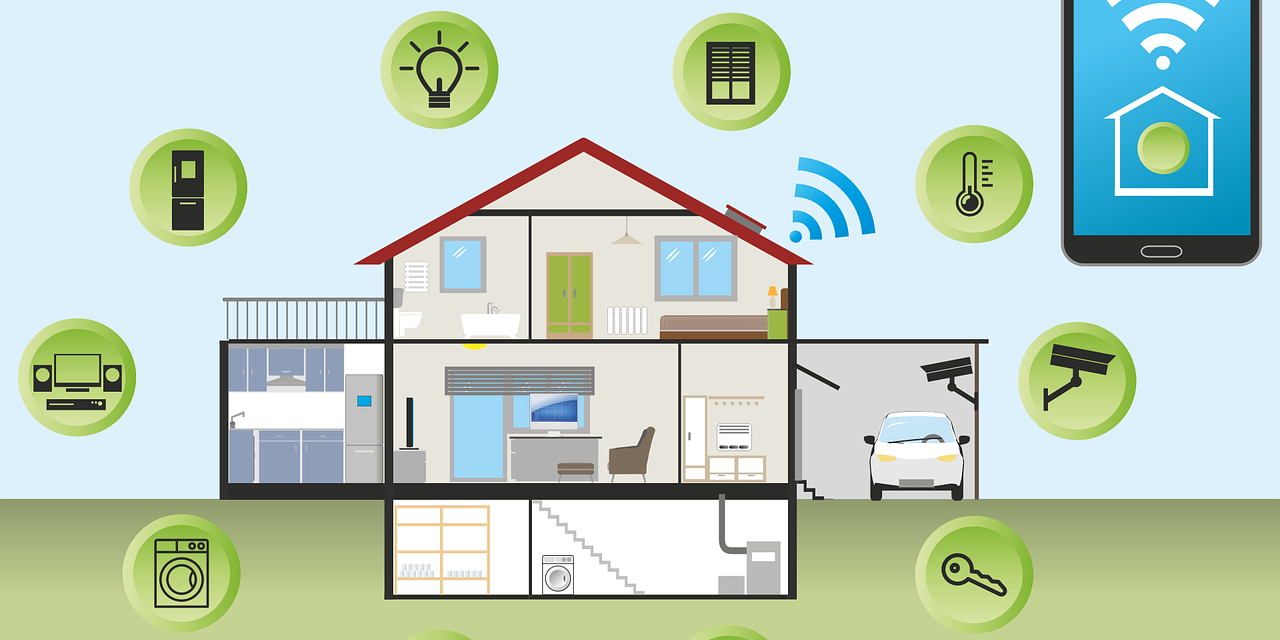The new technology of smart homes has sparked the interest of all Americans, as they imagine Alexa and other such tools closing the blinds, turning off the stove and other such activities at a specific time. For those with a brain injury and/or other disabilities, the possibilities are even greater, allowing them to, “independently plan, organize and complete everyday activities.”
Nearly a decade ago, in 2009, the government saw the potential of smart homes for the disabled, when it concluded, “more outcomes-based research and collaboration among stakeholders is essential in order to establish guidance for designing, selecting and implementing individualized smart home solutions for those with neurological disability.” To identify both the needs of those with brain injuries, as well as their caregivers and their rehabilitation and home healthcare providers in smart homes, the government conducted such studies, as that in 2016. To condense the findings of this study, it found that “to meet participation needs of people with ABI, the design of smart homes must consider all categories of daily and social activities.” More so, the VA found that smart homes actually aid in cognitive rehabilitation, as VA smart homes send technological reminders when someone goes “off track”. The VA has stated smart homes have been described as a ‘cognitive prosthetic‘, telling someone when to take their medication and even such things as notifying someone how long they have been shaving.
Last month, the Gary Sinise Foundation, an organization whose mission is to “serve our nation by honoring our defenders, veterans, first responders, their families, and those in need,” built a smart home in Wildwood, Missouri for a veteran who lost both his legs and suffered a brain injury after stepping on an IED in Afghanistan. This month, the Gary Sinise Foundation gave a smart home that they built in Richland County, Ohio to a former Army Sergeant who also suffered a traumatic brain injury and leg injuries while serving in Afghanistan. As smart homes become more available, for both individual residence and community living, further independence can be known to many more with brain injuries.

